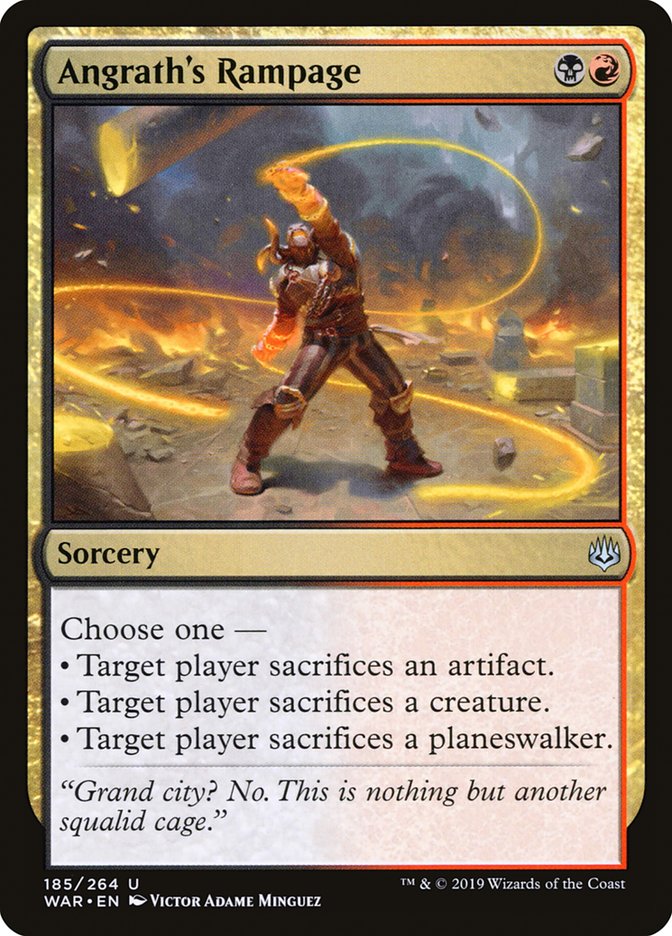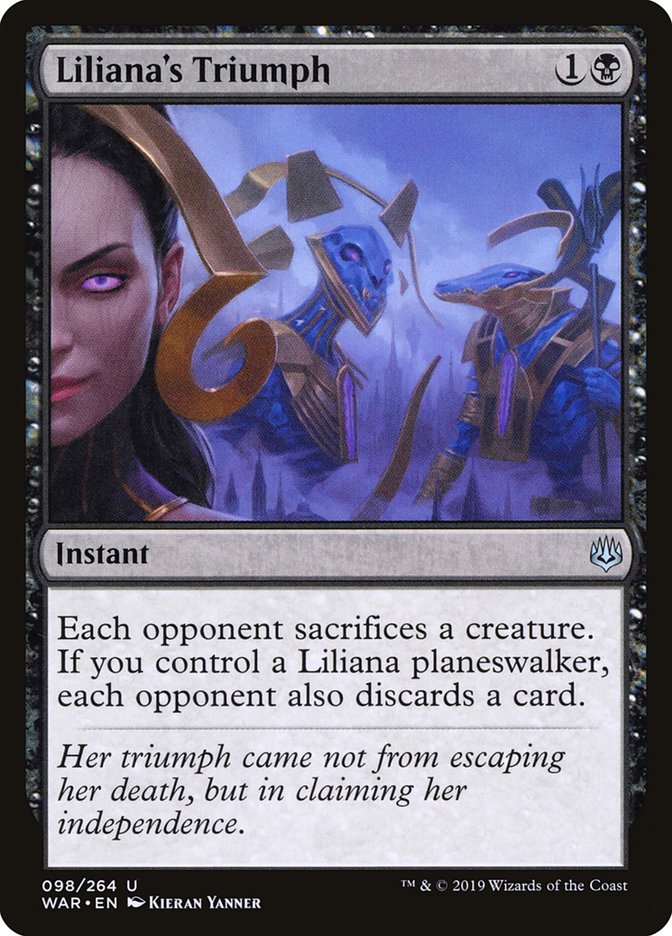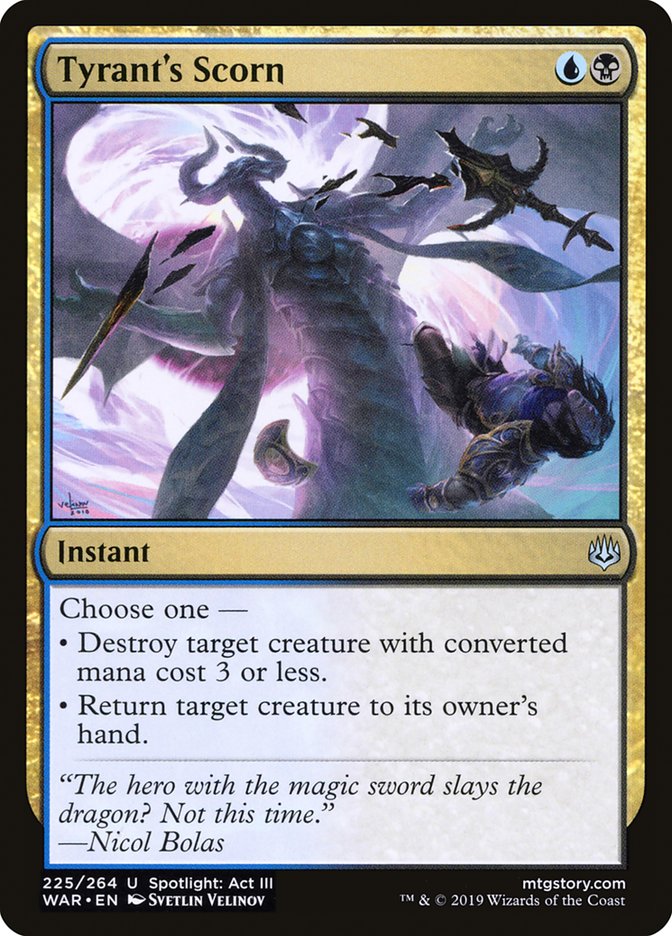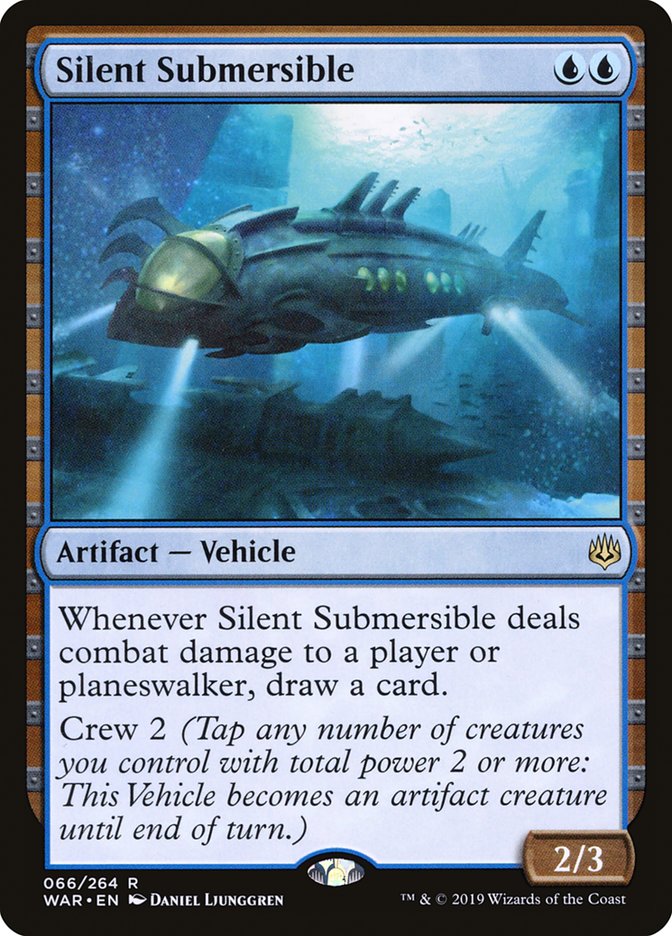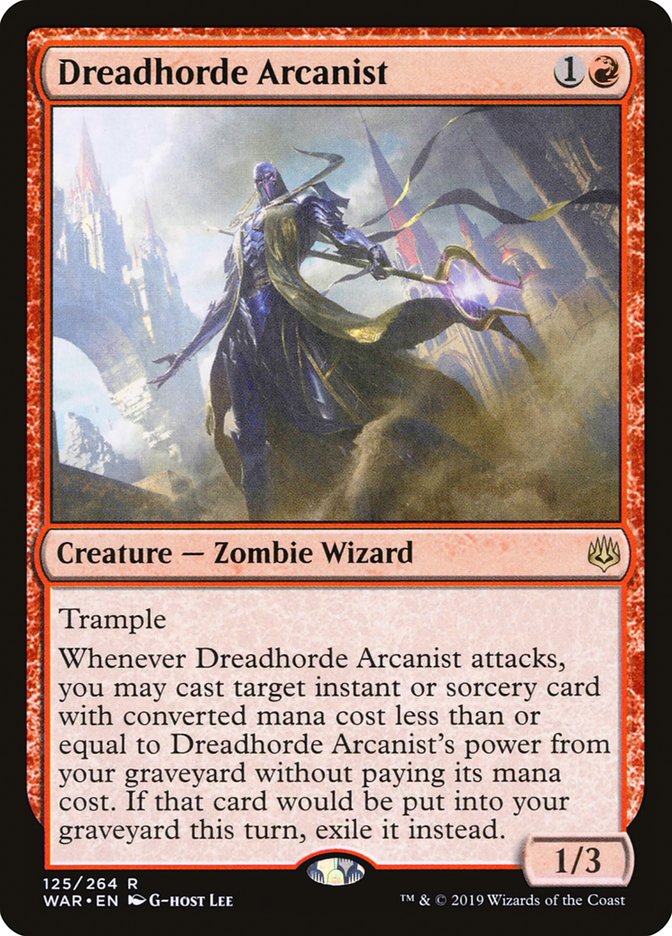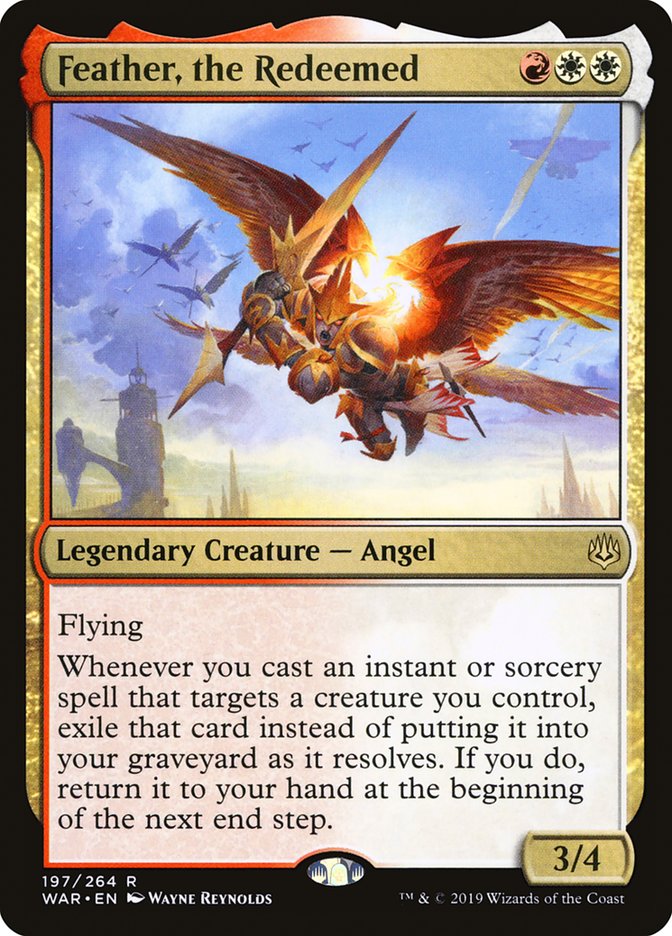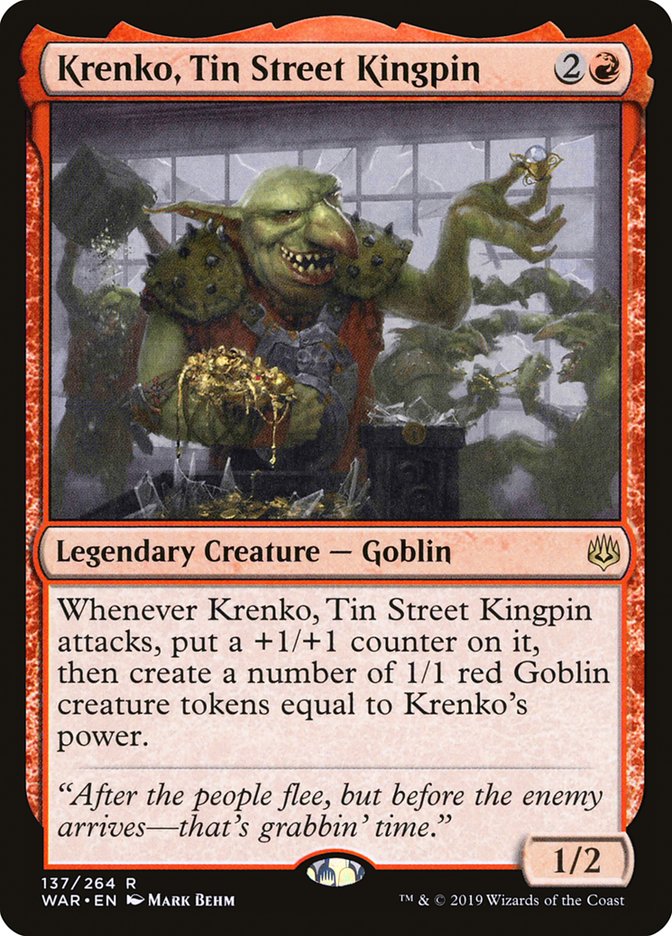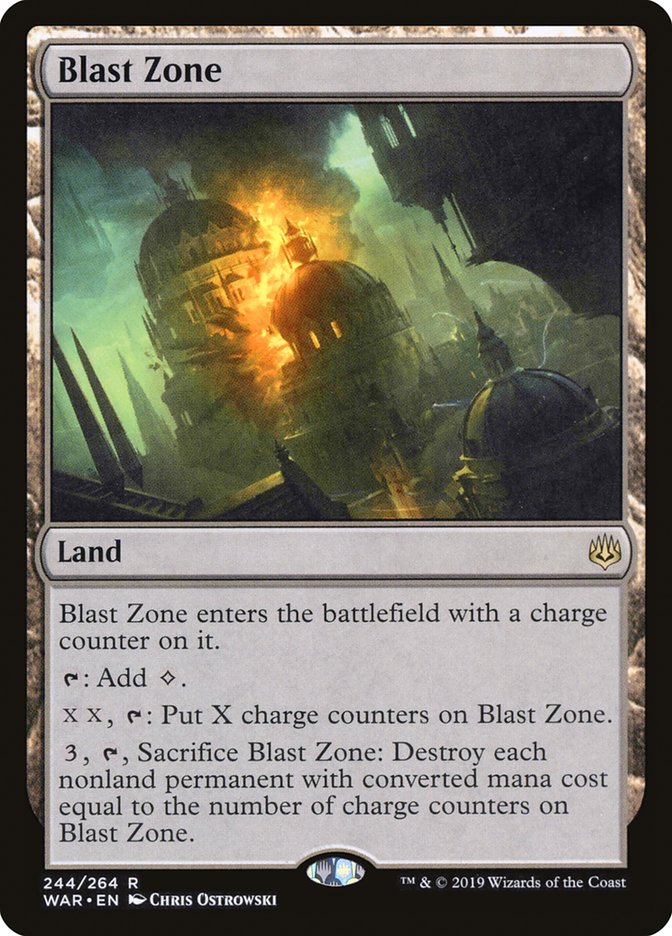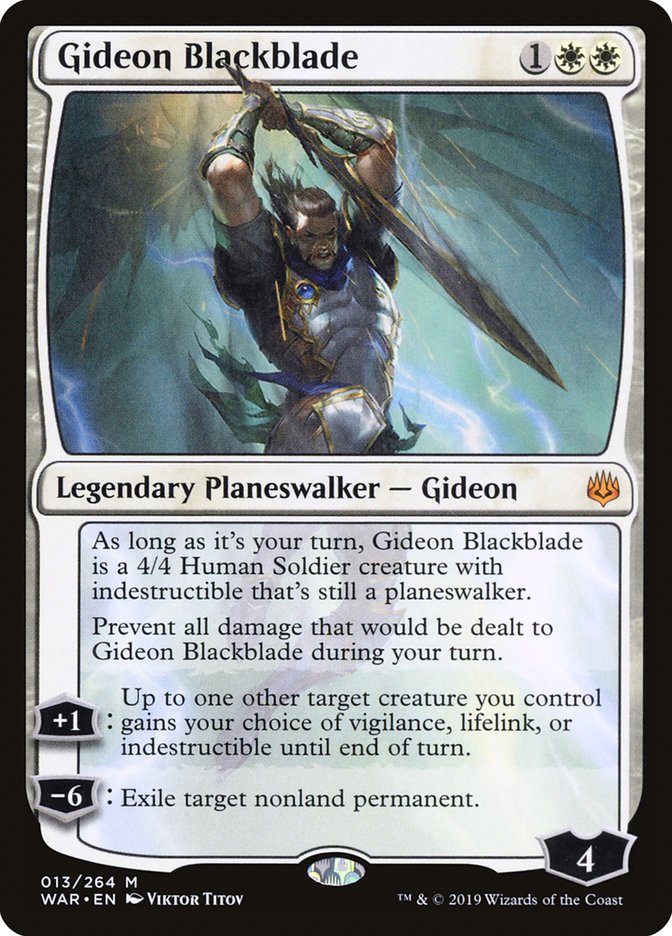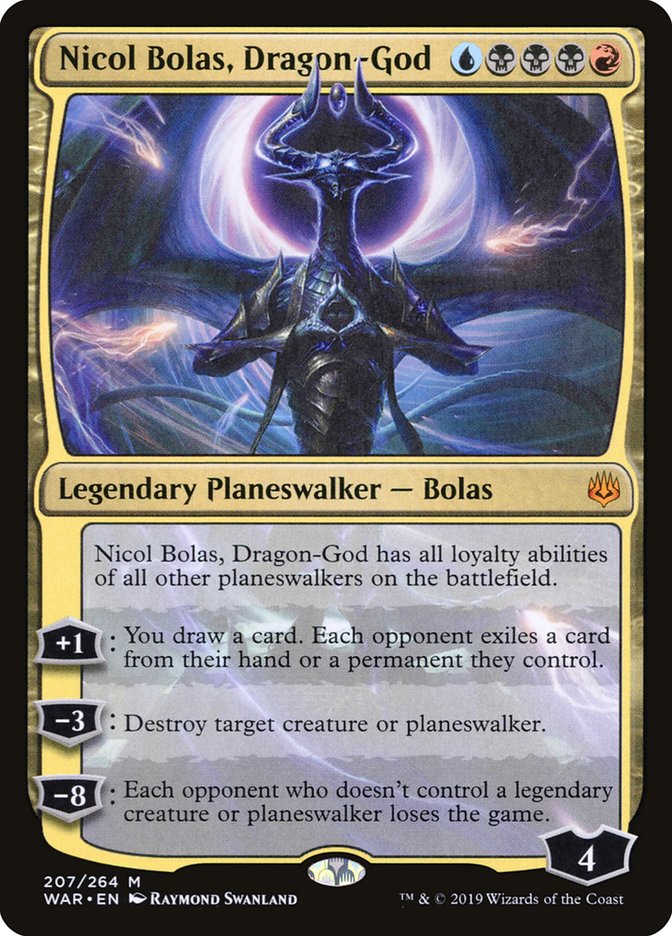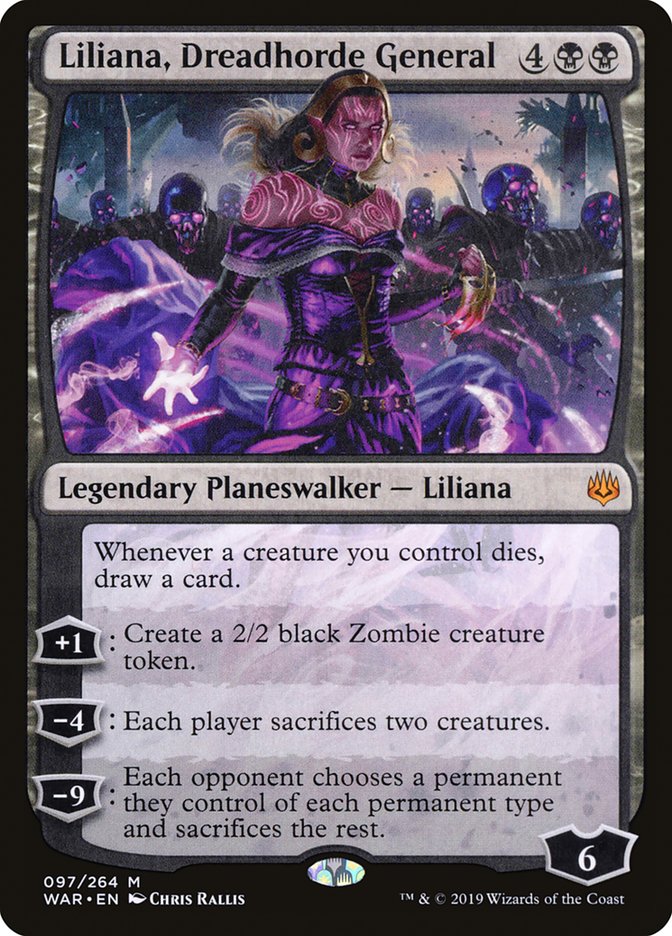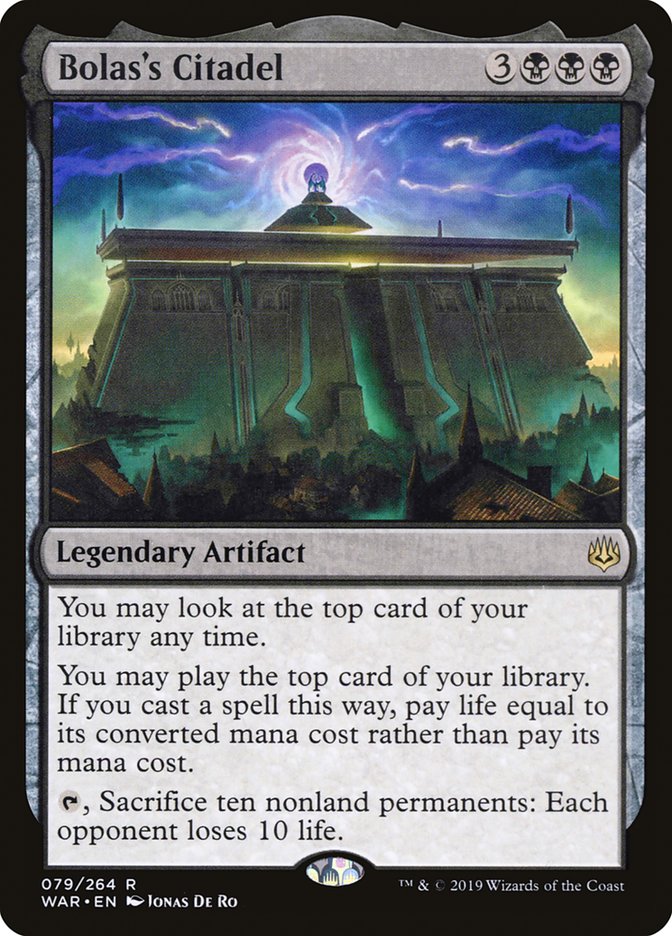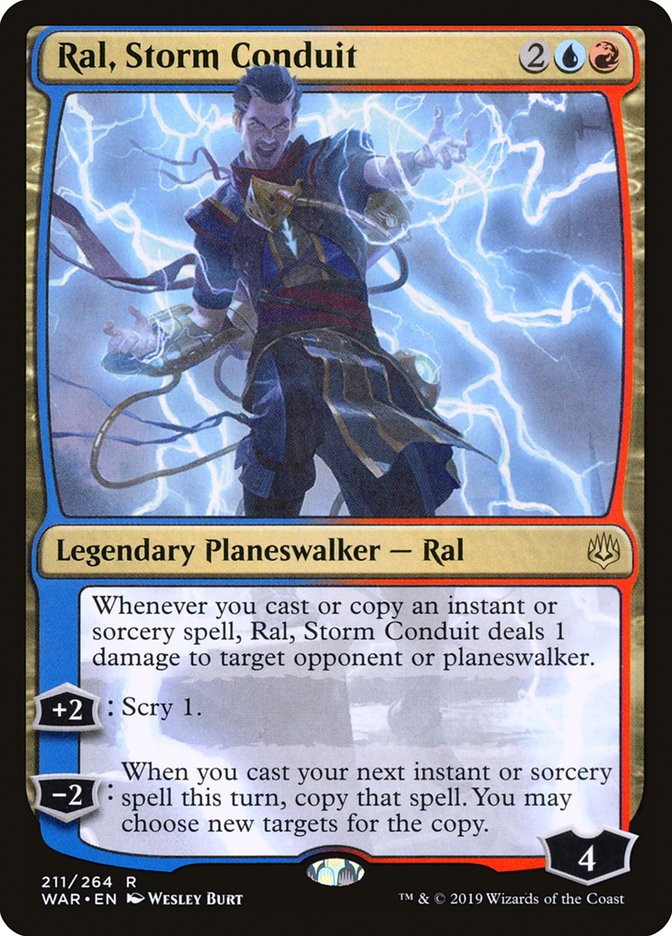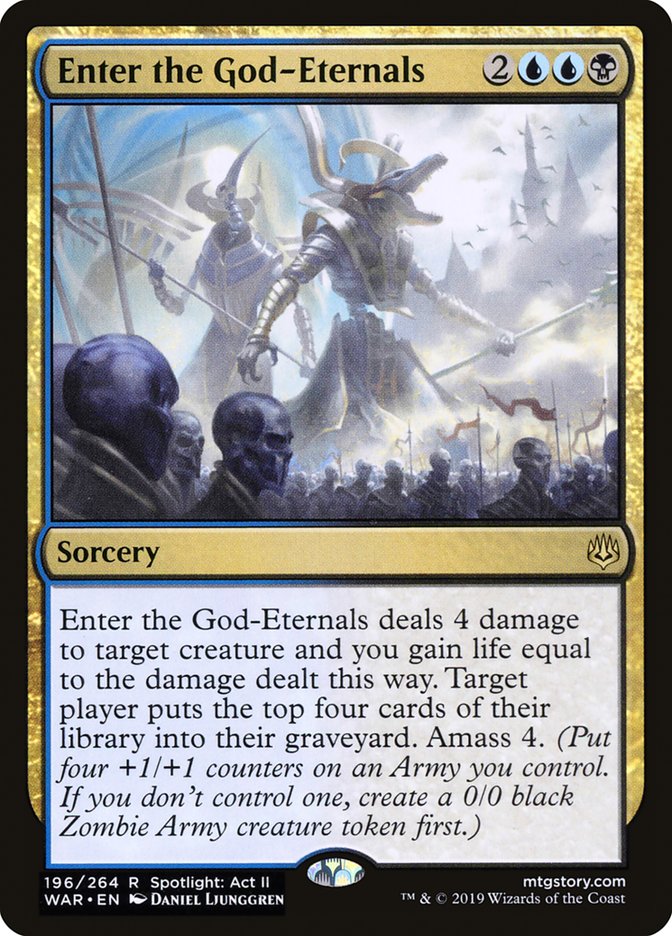Mythic Championship London has come and gone, with the attendant excitement, drama and ultimate victory by relative unknown Eli Loveman, playing Humans. Congratulations to him, and to all the players who achieved their goals coming into the weekend.

Of course, I was not among them, but you can’t win every time.
I tried a few different decks, tinkering with Izzet Phoenix, Faeries, and a few combo decks before ultimately settling on the deck I knew best, Grixis Death’s Shadow. It follows from my first principle when preparing for high-level tournaments – play the deck you know best. I don’t regret choosing an archetype I know well, even if it turned out not to be particularly well-positioned.
Working with Noah Walker, Andrew Jessup, Oliver Tomajko, and Steve Rubin on the list was a treat, as they are all incredible minds when it comes to perfecting a deck. Of course, everyone is stubborn and has their own pet cards, so we all ended up playing a few cards off the stock Death’s Shadow shell, but I won’t hesitate to run back my Death’s Shadow consultants when Barcelona rolls around. With three exciting cards for Grixis Death’s Shadow in War of the Spark, plus whatever incredible goodies await us in Modern Horizons, we’ll have our work cut out for us.
Those War of the Spark cards, of course, are Angrath’s Rampage, Liliana’s Triumph, and Tyrant’s Scorn, and I’ll have spots for all three in my Death’s Shadow Box to add to the increasing quantity of impressive options Grixis Death’s Shadow can employ. Nothing pleases me more than being able to use a virtual twenty-card sideboard by virtue of modal spells, so I’m unreasonably excited by the prospect of more flexible interaction in the near future.
But Modern is a big place, and even though the best-performing decks of the event were Humans, Hardened Scales, and Ad Nauseam, there’s more reason than ever to keep our eyes on more niche players like Counters Company, Electrodominance Living End, Infect, Storm, and various Griselbrand plus Goryo’s Vengeance mashups. The first order of business in a shaken-up Modern format is to see if a vulnerability has appeared anywhere in the metagame to a particular linear combo strategy, and Modern Horizons stands to alter the format more than any set since Oath of the Gatewatch, at least.
The next bit of Magic excitement, though, is the opening weekend for War of the Spark Standard. And there are a lot of powerful new strategies enabled by the cards in this set. With Blast Zone offering Simic Nexus a way to clean up crowded battlefields; Dreadhorde Arcanist and Feather, the Redeemed anchoring Boros Heroic; and Bolas’s Citadel to take advantage of the extra life a player gains from the Wildgrowth Walker plus Jadelight Ranger / Merfolk Branchwalker explore package, I’m expecting a bold new crop of contenders at the top of the Standard scrum. And Liliana, Dreadhorde General and Nicol Bolas, Dragon-God are no slouches for Grixis Control decks in search of finishers, finishers which might put Grixis level with former Standard staple Esper Control and Teferi, Hero of Dominaria.
There’s so much going on in the new set, in fact, that it would be a fool’s errand to try to predict the cream of the crop a month from now. There are too many interacting variables, but this is the time to pick up cards that intrigue you and try to break open the new format. My personal recommendations (in no particular order) are as follows:
Honorable Mention: Silent Submersible
It’s not Smuggler’s Copter. It’s monocolored, it doesn’t fly, it’s lost a point of power, it’s gained a point of crew cost, and it triggers on combat damage to a player, not on merely attacking or blocking.
It also comes with a Curious Obsession attached. That has to be worth something in the context of a deck that basically lived and died on its ability to create a wave of card advantage via that enchantment. Because of Blast Zone (as we will see later in the list), Mono-Blue Aggro may not be able to rely solely on a swarm of mopey 1/1 creatures to get across the finish line. It’s still likely a great choice, but against control decks specifically, I won’t be surprised if a play pattern of “Turn 2 Submersible, Turn 4 end-step Merfolk Trickster, untap, start clocking with counter backup” becomes the norm in sideboard games against control decks.
Finding a way to create pressure without committing a ton of bodies to the battlefield is going to be important, and Silent Submersible allows Mono-Blue to waste a control deck’s mana on Turn 2 by playing a noncreature threat, one that can’t be hit with Cast Down or Mortify until the Mono-Blue player is good and ready.
It won’t revolutionize the format, but Silent Submersible is going to offer a new angle of attack for an old powerhouse in Standard.
10. Dreadhorde Arcanist
9. Feather, the Redeemed
8. Krenko, Tin Street Kingpin
These three aggressive creatures scream “Heroic,” and they are pushed to provide the possibility of completely broken aggro-combo wins in concert with the various pump and protection spells in white and red.
For the discerning all-in Gruul mage, Dreadhorde Arcanist offers an incredible combo with Collision // Colossus and Thud, with eighteen damage on the third turn from just those three cards. Krenko will flood the battlefield with Goblin friends in concert with the four added power from Colossus, easily stomping out most opponents who don’t immediately have an answer. Of course, Feather does disgusting things if you prefer Gird for Battle and Sheltering Light to Colossus and Giant Growth, and the 3/4 flying body is both tougher to immediately remove and harder to block. That third point of toughness on Dreadhorde Arcanist also means that Shock is just not going to be good enough to catch up on the draw, and Lava Coil is going to have to do a ton of overtime trying to cover all these creatures.
We’ve gotten relatively comfortable playing against protection spells in an era of Dive Down, Spell Pierce, and Siren Stormtamer, but when every deck kind of looks like a pseudo-Infect strategy, it’s going to make for an odd format.
7. Blast Zone
This is the card that (in theory) flips the Mono-Blue Aggro and Simic Nexus matchup on its head. An uncounterable, non-targeted sweeper for all of the components of the Mono-Blue nut draw is completely unbelievable in the abstract, and the fact that Simic Nexus can just blow up the Zone on Turn 3 via Growth Spiral means that Mono-Blue is suddenly going to have to change it up in order to retain the highly favored matchup from last season.
Of course, Silent Submersible might be the card to make it happen. I’ve seen stranger things in past Standards.
6. Gideon Blackblade
This card adds yet another incredible three-drop to the already-stuffed spot on the curve for Azorius or Mono-White Aggro. It’s unclear if Gideon will have to wait until the rotation of History of Benalia and Benalish Marshal to take his rightful place at the top of the curve for aggressive white decks, but a 4/4 indestructible creature that boosts a friend is quite a deal for only three mana. The -6 ability is just icing on the cake, and giving white a way to exile any troublesome permanent on top of its threat is going to be valuable indeed.
I expect Gideon to be a small player in the upcoming format but become absolutely key once some of his competition leaves Standard.
5. Nicol Bolas, Dragon-God
4. Liliana, Dreadhorde General
These are the classic “end the game” planeswalkers, hefty investments that win the game alone if left unchecked. Liliana, Dreadhorde General is reminiscent of Elspeth, Sun’s Champion, as a six-mana planeswalker that starts rapidly clogging up the battlefield with an army, mowing down an opponent’s dominating battlefield position, and never actually needing to use the ultimate to win. Unlike Elspeth, which absolutely crushed a bunch of large Pack Rats or Siege Rhinos in her day and made swarms of chump-blockers, Liliana will beat smaller battlefields where the opponent has one or two creatures. It would not surprise me to see Liliana as the new top-end for Golgari Midrange, turning battlefield detritus into new cards to keep the gas flowing.
Nicol Bolas, Dragon-God, on the other hand, goes in exactly one deck, and knows exactly what he’s doing. He’s there to come down and munch on the opponent’s haymaker, or if they don’t have one out yet, start creating insurmountable card advantage through the +1 ability. The “steal other planeswalkers’ abilities” bonus is kind of superfluous, but it will be interesting to see if anyone would rather steal an opposing planeswalker ability than destroy the offending planeswalker. I’m trying to come up with such a situation, but for the most part, other planeswalkers simply have worse abilities than the Dragon-God.
Regardless, Grixis Control with Nicol Bolas, the Ravager and Nicol Bolas, Dragon-God is an easy theme deck to try to perfect in time for the opening salvos of War of the Spark Standard. The two threats work well in tandem, eating away at an opponent’s side of the battlefield while building a huge advantage. Such a deck will, of course, benefit greatly from the last card on the list, as it’s going to be the key to defeating aggro decks with the clunkier control cards.
I’m going to start brewing with these two, but there are two more (possibly even more broken) cards I want to work on first.
3. Bolas’s Citadel
Bolas’s Citadel plus Wildgrowth Walker plus Path of Discovery is the combo we need in War of the Spark Standard. This is Yawgmoth’s Bargain if you assemble it. Casting spells for free off the top of one’s deck is just too insane to pass up, and any way to turn those spells into ways to gain life is going to knock the card into the stratosphere.
The incredible part is, you don’t have to do much to your Golgari Midrange decks to actually implement this endgame. You just sprinkle one or two Citadels and one or two copies of Path of Discovery on top of your normal deck and watch as crowded battlefields turn into massive one-sided routs. You will get to cast every spell in your deck with this combo, so just make sure you sweep your opponent’s side of the battlefield and don’t accidentally deck yourself. Keep in mind that if you have two Bolas’s Citadels in your deck and you’ve gotten this combo off, you can sometimes just sacrifice twenty permanents in the same turn to win the game on the spot.
With the way midrange battles go in Standard, both players often find themselves at relatively high life totals with little way to make forward momentum. Defense generally trumps offense, which means that one can build up patiently for that Turn 6 or Turn 7 frenzy of free spells. Wildgrowth Walker plus Bolas’s Citadel looks like some of the most fun one can have playing a midrange deck, and I’m not going to deny myself that joy.
2. Ral, Storm Conduit
This is the other one-sided combo enabler from the new set. With a Ral, Storm Conduit on the battlefield, one merely has to cast the following. Opt, hold priority. Expansion it, hold priority. Expansion the first Expansion, copying it, targeting the first Expansion again. You get to loop your Expansion copies over and over again, each time pinging an opponent for one damage.
The impressive thing about this combo is that it’s self-contained in a shell with all playable cards already. When Splinter Twin gets to play a fair Izzet gameplan and graft a game-winning combo on top of the normal deck, it starts to break things. When a normal Izzet Spells deck gets to play good cards like Ral, Ral’s Outburst, Expansion, Opt, Lava Coil, and the like, and then has a game-winning combo it can set up relatively painlessly, alarm bells should be going off.
A potentially format-warping combo, in the two most dangerous combo colors in Magic? That’s one way out of the midrange madness! Forget Team Bolas or Team Gatewatch. Sign me up to join Team Ral, because it seems like the place to be in War of the Spark Standard!
1. Enter the God-Eternals
Ross Merriam has gone into exceptional detail about how impactful Enter the God-Eternals will be in breathing new life into the Esper Midrange deck from early last season, and I’m willing to trust his analysis here. This cross between Loxodon Hierarch and Flametongue Kavu is unprecedented and will lead to a huge percentage of would-be free wins turning into complete bricks for decks like Mono-Red (or Gruul) Aggro or Azorius Aggro.
I’m expecting Mono-Red Aggro to turn into Boros Heroic or Gruul Dreadhorde Arcanist aggro-combo to try to get over Enter the God-Eternals, basically going way over the top by virtue of the high power of Arcanist. Mono-Blue Aggro fares a bit better by virtue of Spell Pierce and Wizard’s Retort, but a dramatic downtick in traditional aggro means a general reshaping of how Standard will work in this new format. The ripple effects are going to be dramatic.
If this means a midrange arms race becomes the new face of Standard, we have a handful of different combos to put an end to that. Simic Nexus isn’t going anywhere, and Ral plus Expansion and Citadel plus Walker are both newcomers to the Standard ecosystem. There is a lot to chew on with the new set, and the evolution of the format is going to be impressive indeed.


